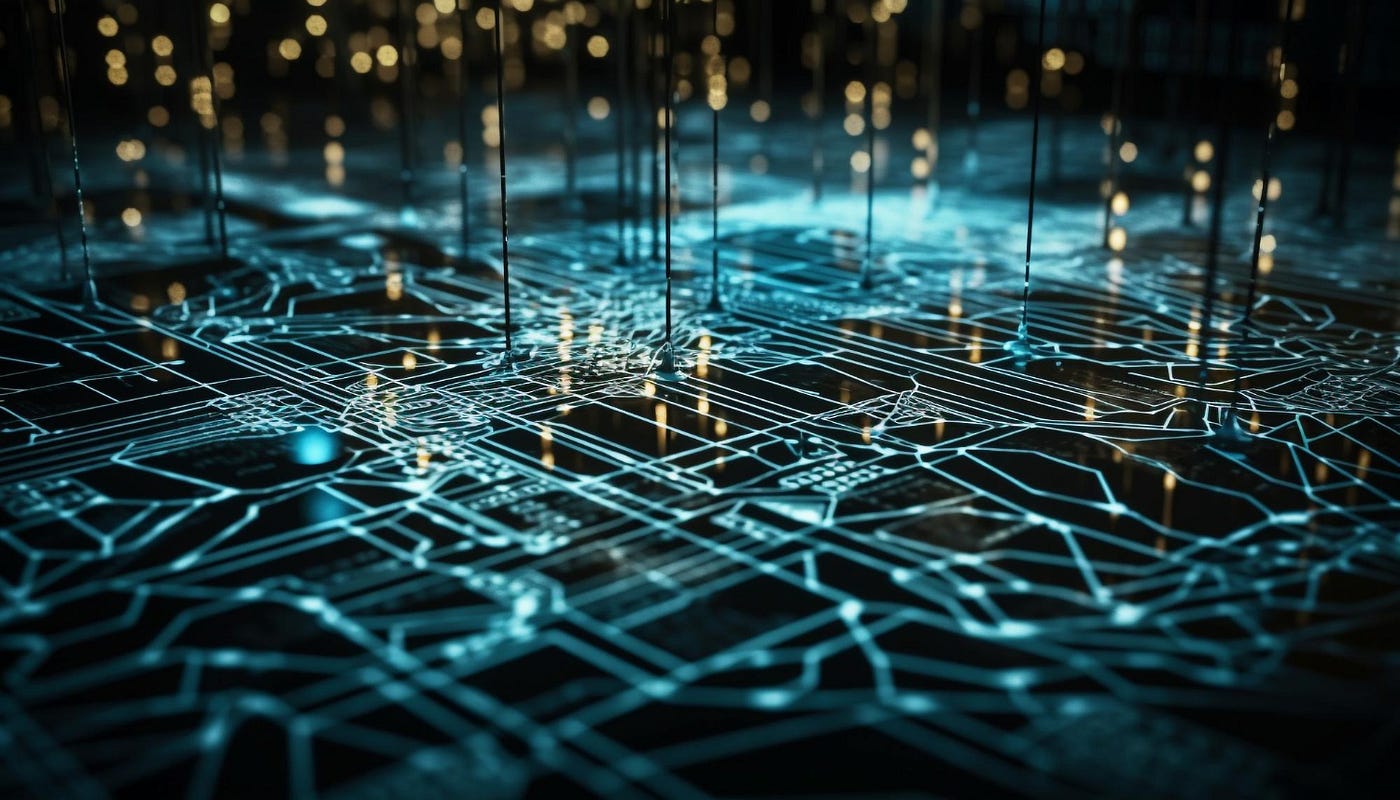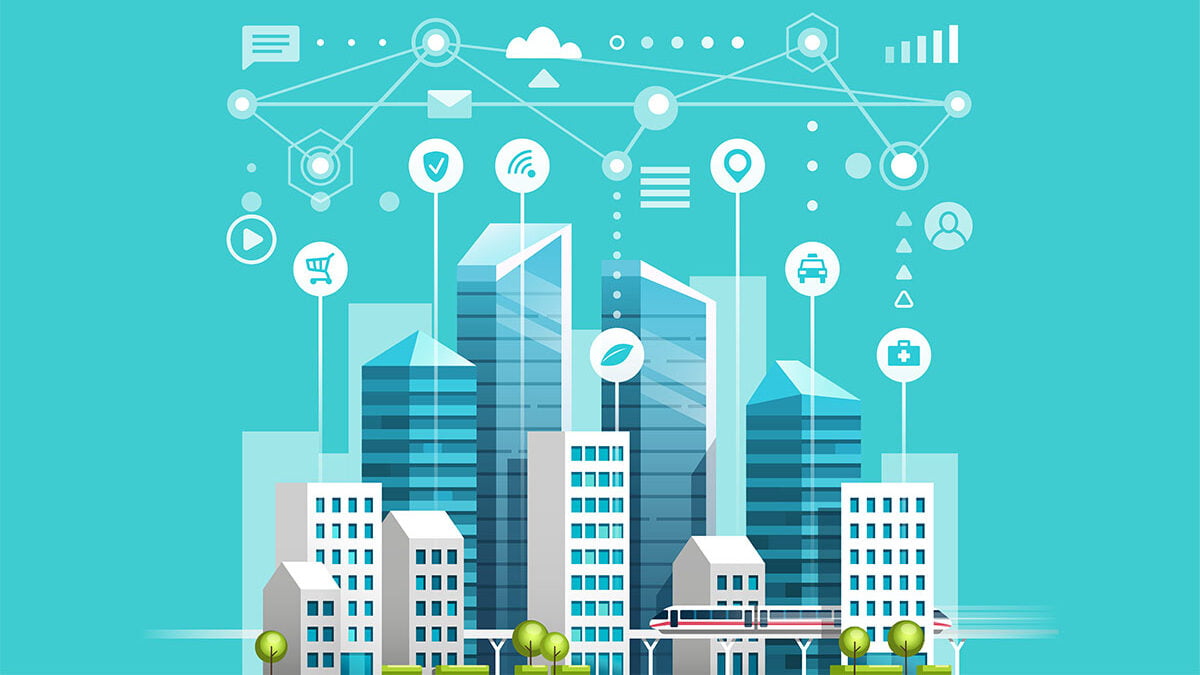The Rising Demand for Faster, Smarter Security Systems
Modern threats move fast—cyberattacks, natural disasters, and unauthorized border movements can all escalate within moments. Government agencies need powerful tools to keep up, and that’s where grid computing proves useful. This technology links many computers together, allowing them to work on massive tasks all at once.
Instead of relying on a single supercomputer, governments now use grid systems to scan threats across networks, analyze satellite data, and simulate responses in real time. This method brings speed and accuracy that older systems can’t match. It’s helping security teams make decisions quickly, often in moments that really count.
From defense departments to emergency response units, grid computing allows different branches to share resources. That means fewer delays, better coordination, and more reliable protection. It’s not just about handling data faster—it’s about making better use of time when it matters most.
Monitoring Borders with Shared Processing Power
Border security often means watching over large, hard-to-reach areas. Cameras, drones, and sensors feed a constant stream of information back to command centers. With grid computing, this data doesn’t need to wait its turn—it can be processed simultaneously across connected systems.
This setup helps authorities track patterns like unusual movement across land or sea borders. If a drone spots activity, the data can be analyzed and flagged within seconds. Grid computing helps filter what matters, reducing the noise from constant streams of video or radar.
For example, during high-traffic periods at a national border, multiple sensors may detect heat signatures. Instead of overwhelming one system, a grid spreads out the processing work. Each signal is examined on different machines and then combined, giving security teams a clear and timely report to act on.
Strengthening Cyber Defense with Faster Detection
Cybersecurity threats don’t follow schedules. Attacks can start small and grow quickly, which means governments need to identify and stop them in real time. Grid computing makes that possible by breaking down massive monitoring jobs across a network of machines.
Every day, government systems deal with billions of data points—emails, login attempts, system logs. Looking for signs of a breach in all that data would take far too long with standard setups. But with grid computing, pattern recognition and risk analysis can happen in parallel, speeding up response times.
If an unusual login attempt shows up in one region, a grid system can cross-check it with activity across other systems instantly. This helps spot coordinated attacks and block them before damage is done. The result is a more secure digital infrastructure, one that adapts quickly to changing threats.
Simulating Defense Strategies with Precision
Defense planning often relies on simulations. Whether it’s testing a missile shield or planning a military exercise, these models require detailed calculations that can stretch over days. Grid computing shortens that timeline by using many computers to run parts of the simulation at the same time.
This parallel approach allows for more detailed scenarios. A single test might involve simulating weather patterns, troop movement, communication signals, and enemy reactions. Instead of limiting the model to just a few variables, grid systems allow planners to include many more possibilities.
During training, for example, a military team might want to rehearse different responses to the same threat. With grid computing, they can run dozens of simulations in a short period. This improves readiness and helps commanders prepare for the unexpected with more confidence.
Supporting Intelligence Agencies with High-Speed Analysis
Intelligence work is about more than gathering data—it’s about interpreting it fast. Agencies often deal with signals, imagery, voice recordings, and digital trails that must be pieced together quickly. Grid computing helps organize and analyze this flood of information in parallel.
Consider a situation where surveillance picks up a suspicious conversation and movement pattern. Separately, each signal might seem harmless. But by running the data through a grid, connections emerge. The system compares files, locations, and known threats in real time, flagging anything that raises concern.
This doesn’t just speed things up—it improves accuracy. Analysts can focus on meaningful leads instead of being buried in raw data. That level of precision makes a big difference when trying to stop potential threats before they develop further.
Responding to Natural Disasters with Shared Systems
Government defense teams don’t just respond to war or crime—they’re also vital during natural disasters. Hurricanes, floods, and earthquakes demand quick action. Grid computing helps by allowing disaster response teams to process real-time satellite images, weather data, and field reports without delay.
For instance, during a storm, emergency managers can use a grid to simulate flood paths and assess where to send aid. Multiple data layers—terrain, rainfall, and population density—can be analyzed at once, giving a clearer picture of what’s happening on the ground.
This kind of computing also helps coordinate across departments. Firefighters, police, and medical teams can share the same system to see updated maps and alerts. It leads to better teamwork, faster help, and fewer delays in critical moments.
Powering Surveillance Systems Across Regions
Surveillance technology plays a large role in national security. Cameras, drones, satellites, and ground sensors feed data to command centers. Grid computing ensures that these massive inputs are processed smoothly and without backlog.
In city-wide surveillance systems, for instance, facial recognition and object detection require fast computing power. Grid systems allow the video feeds to be broken into parts and analyzed on different machines at once. This allows real-time alerts if a person of interest is detected.
At a larger scale, grid computing helps coordinate satellite surveillance of regions beyond a single country. If several satellites are monitoring a large event, grid systems can merge their feeds and give defense officials a broader and clearer view in real time.
Managing Communication Security Across Agencies
Modern government systems rely on encrypted communications between various departments and units. Ensuring these channels are secure takes ongoing effort. Grid computing helps by checking thousands of connection points, digital signatures, and access logs all at once.
When someone sends a message through a secure line, the system verifies that it’s legitimate. If there’s a mismatch or delay, grid computing allows the system to check across different servers quickly. That ensures any issue gets flagged and addressed without disrupting operations.
During sensitive operations, secure communications are vital. A delay or error in transmission could mean missing an opportunity or risking lives. Grid systems keep these connections stable and fast, even when traffic is high or during emergencies.
Reducing Costs While Expanding Capability
Defense budgets are always under pressure. Governments are asked to do more with less, without compromising safety. Grid computing helps by using existing machines in smart ways. Rather than investing in one expensive supercomputer, agencies can connect the computers they already have.
This shared-resource approach means agencies across a government can access the same grid without duplicating efforts. A weather agency, a disaster center, and a defense office might all use the same infrastructure to process their data, reducing equipment waste.
It also lowers energy costs. Since work is split across multiple locations, each system can use power more efficiently. The savings can be redirected into training, equipment, or other critical needs, helping defense teams stay ready without draining resources.
Stronger Infrastructure for Future Defense Needs
As digital threats grow and defense operations become more complex, governments are preparing for what comes next. Grid computing is part of that plan. It supports flexible systems that grow over time, adjusting to changing technology and new risks.
New tools like artificial intelligence and quantum simulations need strong support to work well. Grid computing provides the structure these tools need to run securely and at scale. This prepares agencies to handle more data, more tasks, and faster operations.
Whether protecting national borders, defending against cyberattacks, or responding to natural disasters, governments are investing in systems that can adapt. Grid computing is helping build the backbone for smarter, faster, and more reliable national defense.



